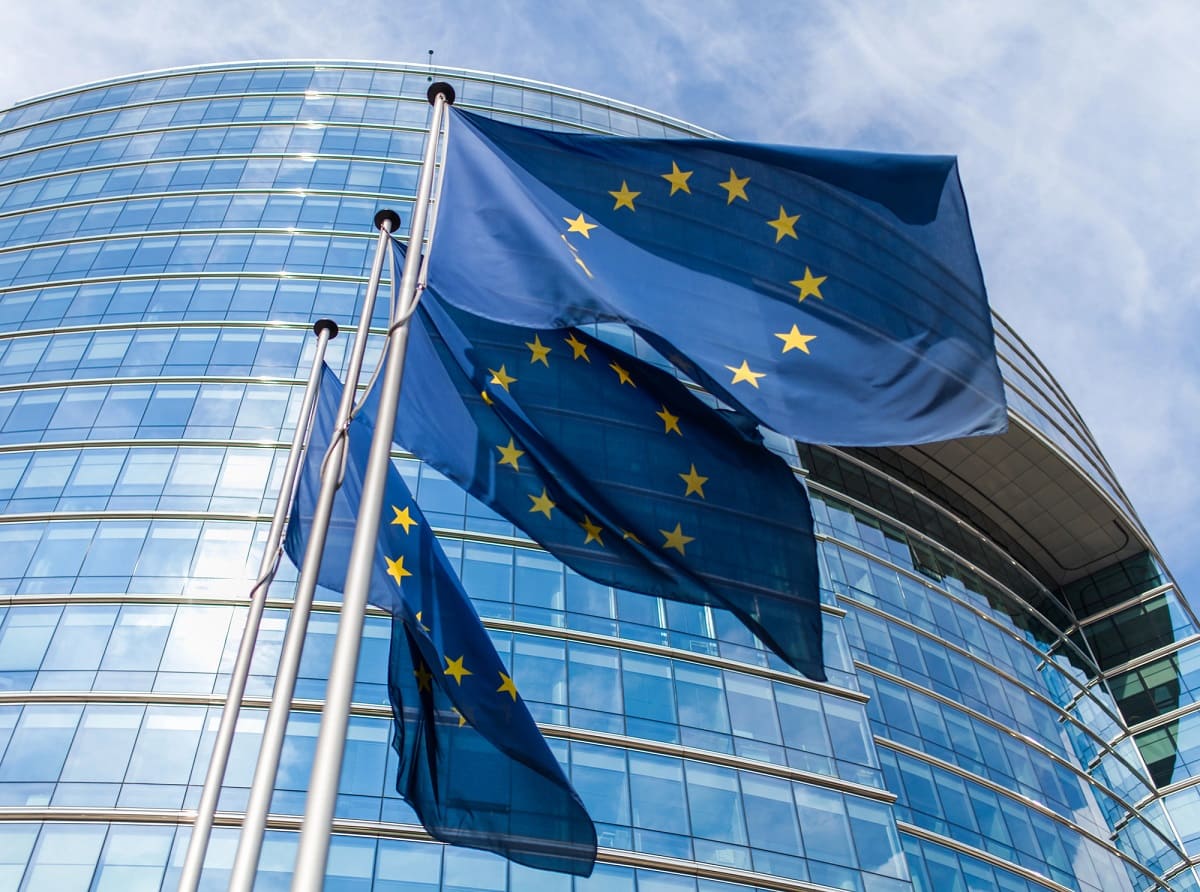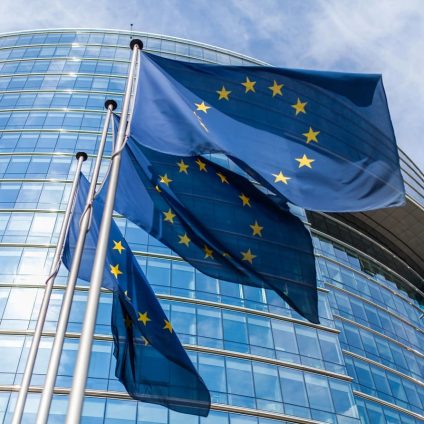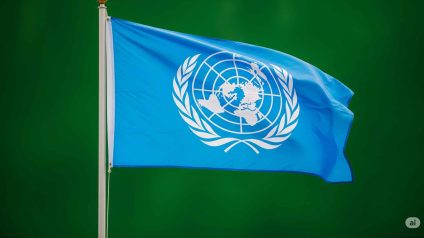Two days after the US-EU trade deal announcement, the European Commission confirms that the 15% duty is a ceiling, not a standard rate, and the energy commitment is only temporary.

Tariffs agreement between US and EU: 15% is the upper limit
Two days after the transatlantic agreement was announced in Scotland, the European Commission has clarified the terms of the 15% tariffs deal. In the political accord reached on July 27, 2025, Presidents Ursula von der Leyen and Donald Trump outlined the core parameters of future trade relations between the EU and the White House. But the Commission made clear this is only “the first step in a process that will gradually expand to other sectors and continue to improve market access,” according to an EU spokesperson.
Key commitments on both sides
The agreement sets a single 15% tariff ceiling for EU products. Starting August 1, the United States “will apply this maximum tariff to the vast majority of EU exports. It is a comprehensive tariff rate that represents a ceiling, including the United States’ Most Favored Nation (MFN) tariff, which was previously added on top of the additional duties imposed by the U.S.”
What does “Most Favored Nation” mean?
The Most Favored Nation clause, or MFN, ensures that one country treats another no less favorably than it treats any other trading partner with preferential status. The core purpose is to guarantee equal treatment and extend any trade advantage granted to one country to all others under the same agreement.
For example, if a World Trade Organization (WTO) member offers reduced tariffs to one country, it must extend the same benefits to all WTO members. Over 80% of global trade operates under MFN terms, highlighting its crucial role in promoting fairness and stability in global commerce.
15% as a hard ceiling
Brussels emphasizes that the 15% ceiling will apply to nearly all EU exports currently subject to reciprocal tariffs. That includes automobiles and auto parts, which are currently taxed at rates of up to 25%, plus an additional 2.5% MFN duty.
The cap will also apply to potential future tariffs on pharmaceuticals and semiconductors, including those under Section 232 investigations. “Until the United States decides whether to impose additional duties under Section 232, these goods will remain subject only to U.S. MFN tariffs,” the Commission added.
Will wine be exempt?
Alcoholic beverages remain a sensitive issue for EU nations like Italy, France, and Ireland, which have pushed to keep wine and spirits off the EU’s counter-tariff list in case negotiations failed. Duties on items like wine, champagne, and liquor are still under discussion within the broader framework agreement.
“We are working on a set of exemptions that are important to the European Union. I can’t go into details right now, but we are doing everything we can to ensure that the most important sectors remain outside the general tariff structure and benefit from low or zero rates,” a Commission spokesperson told reporters at a daily briefing.
Energy deal limited to three years
The EU’s commitment to purchase $750 billion in energy from the United States will last only three years. This was confirmed by Anna-Kaisa Itkonen, the European Commission’s energy spokesperson, who explained during a press briefing in Brussels that the timeline does not conflict with the EU’s decarbonization goals, which target net-zero emissions by 2050.
Digital regulation remains under EU control
Brussels also released its own summary of the agreement, which differs in several key areas from the White House’s version. While U.S. officials stated that the EU would address “unjustified barriers” in the digital sector, the European summary makes no such commitment. On the contrary, it reinforces the bloc’s right to regulate its own digital space.
Discrepancies remain on other fronts as well, including steel and aluminum trade and EU investment pledges in the United States. Brussels confirms that the agreement is “not legally binding,” but rather a roadmap and a starting point for future negotiations.













